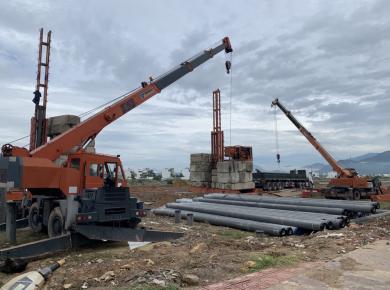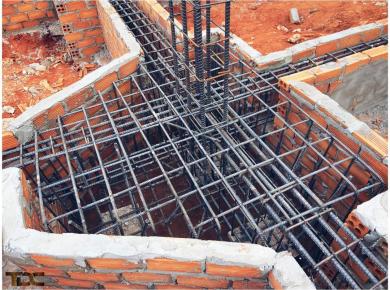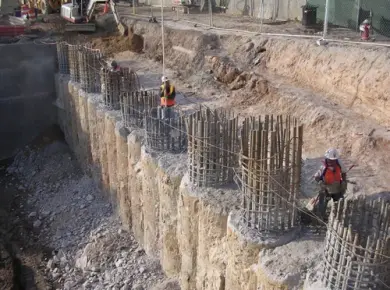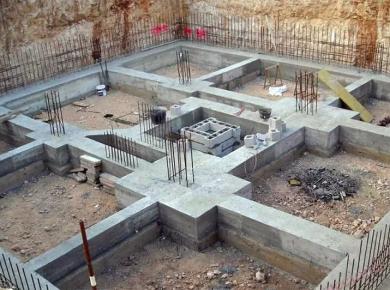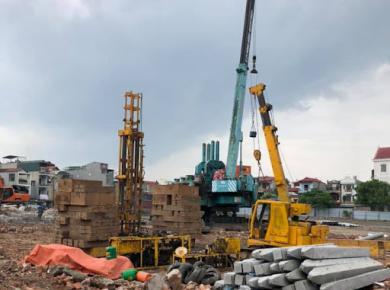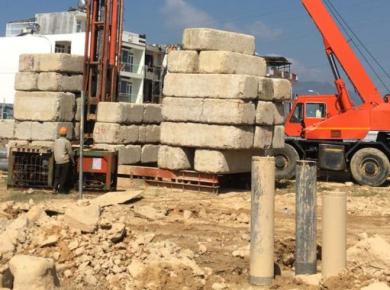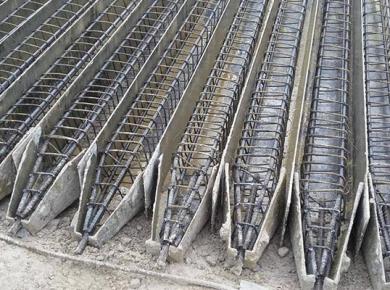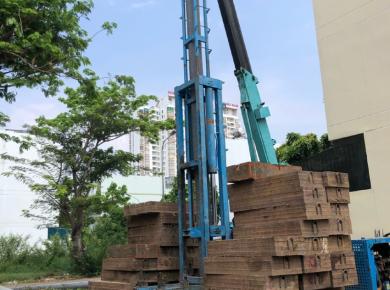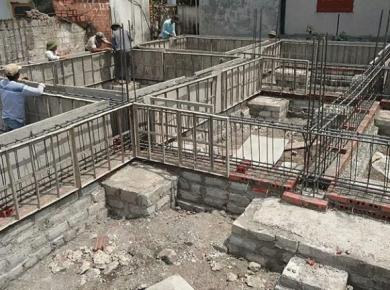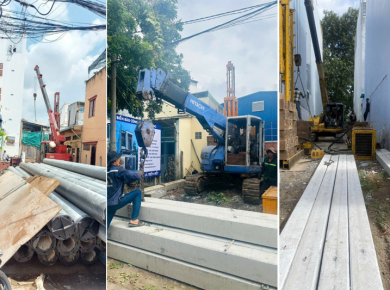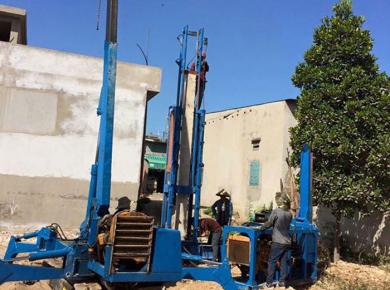Concrete pile pressing is a crucial phase in construction, ensuring the stability and durability of a building’s foundation. This method is widely used in residential houses, high-rise buildings, bridges, industrial factories, and infrastructure projects.
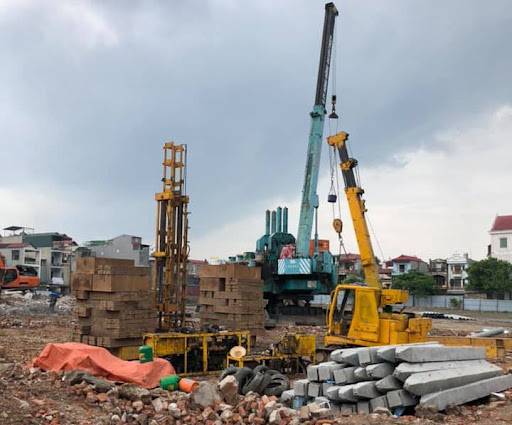
This article provides a detailed guide to the concrete pile pressing process, covering preparation, execution, and quality inspection to help you understand its importance and implementation.
What is Concrete Pile Pressing?
Concrete pile pressing is a construction technique that uses specialized machinery to drive pre-cast concrete piles into the ground. This method reinforces the foundation, enabling the structure to withstand heavy loads and prevent subsidence.
The quality and precision of concrete pile pressing directly impact the safety and longevity of a structure. When done correctly, it enhances load-bearing capacity and minimizes potential settlement issues.
Benefits of Concrete Pile Pressing
Enhances Structural Stability
Concrete piles transfer structural loads to solid ground layers, preventing future settlement and foundation failure.
Suitable for Various Construction Projects
This method is applicable to residential buildings, commercial projects, bridges, factories, and industrial infrastructure, offering high load-bearing capacity and longevity.
Fast Construction with Minimal Environmental Impact
Unlike other methods, pile pressing generates minimal vibrations and noise, making it ideal for urban and residential areas.
Cost-Effective Solution
Using pre-cast concrete piles and hydraulic pressing machines reduces labor costs, accelerates project timelines, and minimizes material waste.
Common Concrete Pile Pressing Methods
Hydraulic Jack Pile Pressing
This method utilizes a hydraulic jack system to gradually push concrete piles into the ground. It is the most popular technique due to its high precision, low noise level, and minimal environmental impact.
Drop Hammer Pile Driving
This method involves dropping a heavy steel hammer onto the pile head to drive it into the ground. However, it generates excessive noise and vibrations, which can affect nearby structures.
Robot Pile Pressing
Using automated robotic systems, this technique offers high accuracy, reduced manual labor, and increased efficiency, ensuring consistent pile placement.
Concrete Pile Pressing Process
Preparation Before Pile Pressing
- Soil investigation to determine the required pile depth.
- Selection of suitable concrete piles based on load requirements.
- Site preparation to ensure sufficient space for machinery operation.
- Transportation of concrete piles to the construction site, followed by a thorough quality inspection.
Executing the Pile Pressing Process
- Positioning the pile correctly according to engineering designs.
- Setting up the pressing machinery to ensure precise alignment.
- Pile pressing process:
- Initial stage: Slowly pressing the pile to fix its position.
- Intermediate stage: Increasing pressure to push the pile deeper.
- Final stage: Applying the necessary force to achieve full-depth penetration.
Inspection and Quality Control
- Measuring pile depth to ensure compliance with design specifications.
- Checking the final pressing force to confirm structural integrity.
- Completing inspection reports and preparing for the next construction phase.
Factors Affecting the Quality of Concrete Pile Pressing
Quality of Concrete Piles
- Piles must meet industry standards in strength, dimensions, and durability.
- No visible cracks, fractures, or surface defects.
Machinery and Equipment
- The pressing machine must have adequate capacity to meet project requirements.
- Hydraulic systems should function smoothly without oil leaks.
Construction Techniques
- Gradual and controlled pressing is essential to avoid pile breakage.
- Accurate pile positioning ensures uniform foundation stability.
Soil Conditions
- Weak soil may require pre-treatment before pile pressing.
- Groundwater levels must be assessed to prevent pile deterioration.
Conclusion
Concrete pile pressing is a critical step in construction, directly affecting foundation strength, safety, and long-term performance. Selecting the right pressing method and a reputable contractor ensures the best results.
We hope this guide has provided valuable insights into the concrete pile pressing process. For professional consultation, reach out to experienced specialists for expert advice!



